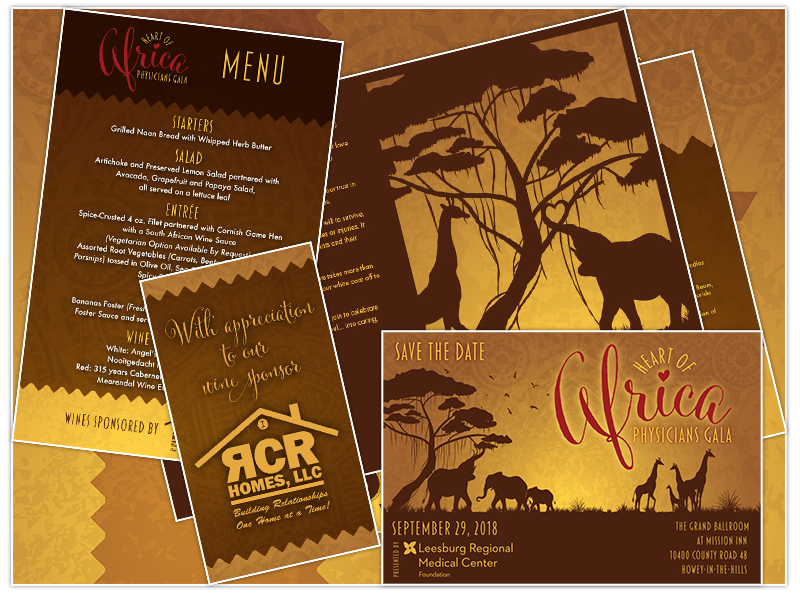
Get better print results with a good understanding of the printing process
A good understanding of the printing process and how to set projects up for print is crucial to get the results you want to achieve.
The printing process is nothing like the internet where images are about 1/3 of the resolution at the same size as print. Web images are about 72 to 100 dpi while print is minimal 300 dpi. That means an image you see on the web that’s about 6 x 3 inches would only be 2 x 1 inches in print at standard resolution.
Full color printing is also in 4 inks colors… Cyan, Magenta, Yellow and Black (CMYK). Images you see on the screen are made of light using Red, Blue and Green (RGB). The more those colors mix, the lighter they get, while with ink, the more you mix, the darker it gets. When you see a photograph printed on paper, you’re looking at tiny dots of CMYK close together. They’re not actually mixed. But you can create the illusion of any color by only printing 4 inks.
Then there’s spot colors. They are inks that come directly out of a can which can be found in the industry standard Pantone Matching System (PMS). You can get a nice smoothe coat of a single color that’s richer than you can get with CMYK. Sometimes a high-end print job might have both CMYK and a spot color.
But wait, there’s more. There’s also special processes such as spot UV coating, embossing, debossing, diecuts, and more. A spot UV coating puts a clear film of coating in a designated area, so you can have a single color print job and then only coat part of it, like a logo which can provide a very rich, but subtle effect.
Then there’s bleed. You see this all the time and might not realize it. Bleed is just where the ink is printed on a sheet larger than it’s cut down to. You can’t actually print to the edge of the paper usually. It requires a grip or a margin depending on the printer or press. So in order to ensure ink goes to the very edge of the paper, you have to print beyond the edge before you cut it down. That extra bit is called a bleed.
Understanding how ink lays on the paper, the different kinds of paper stock, and processes can result in better outcomes.